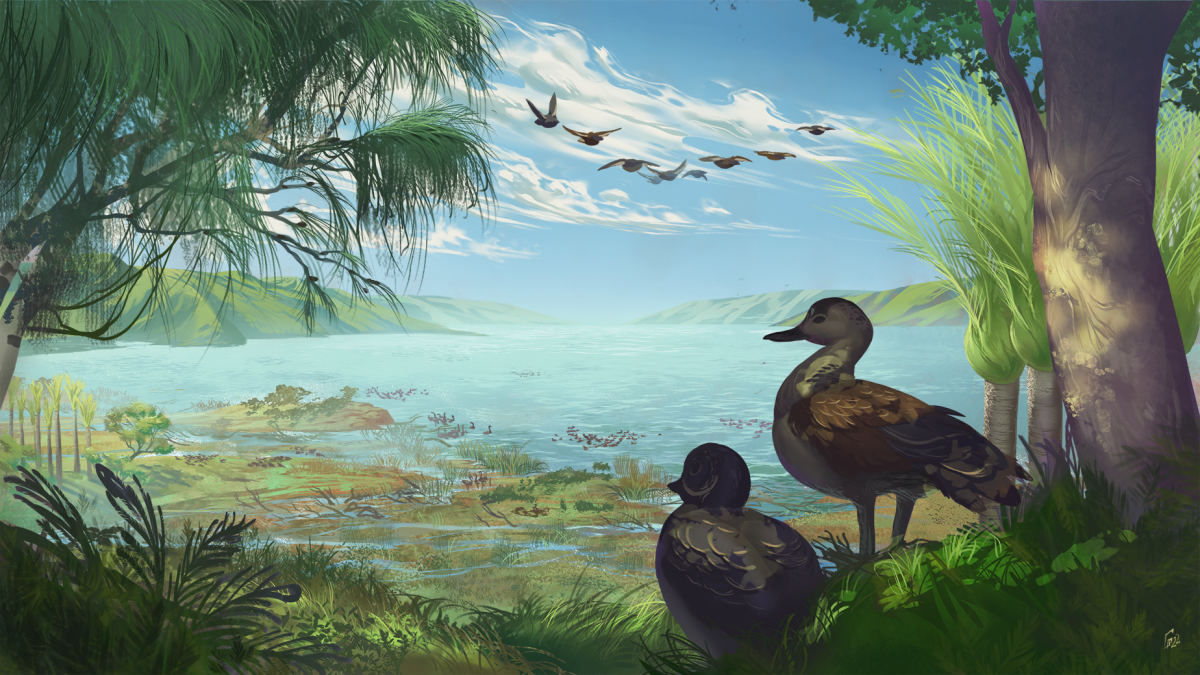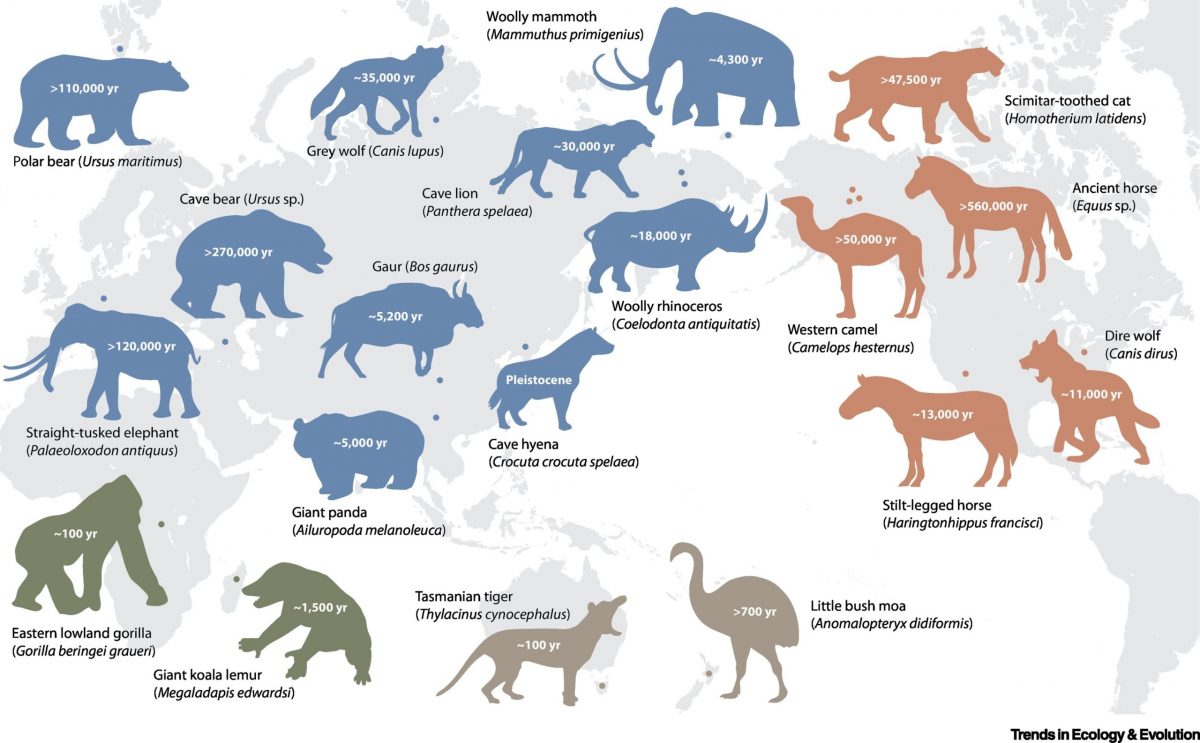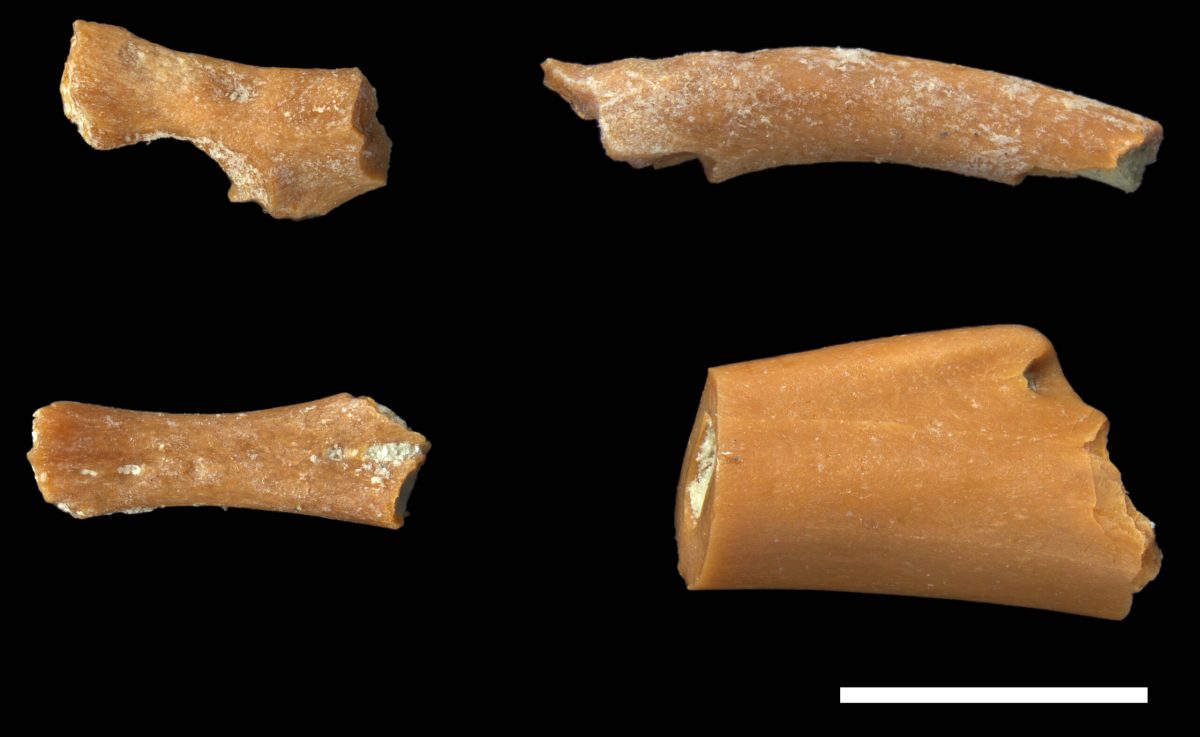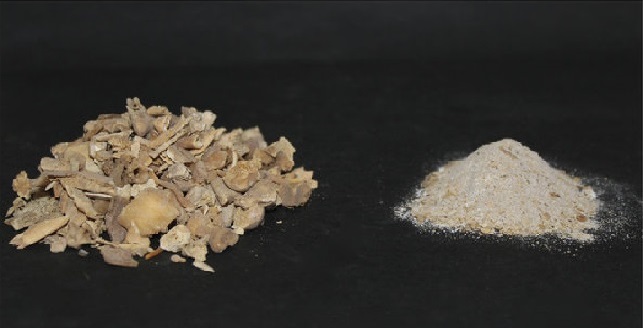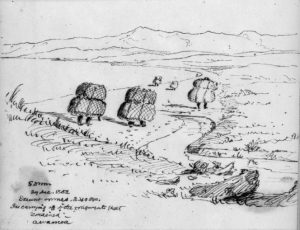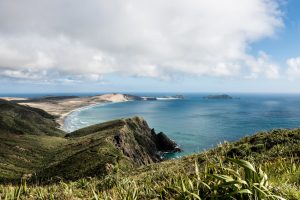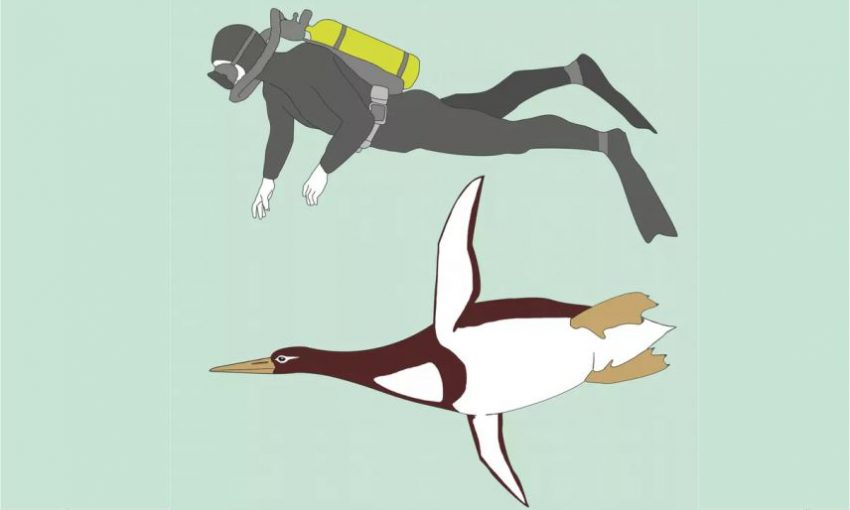“Alan, Alan, Alan, we have a big one”. And sure enough, in front of the kids and me was the brown outline of a bone that hadn’t seen the light of day for millions of years.
It’s big country out here. And baking hot, even this early in the morning. Driving out of Alexandra up the Manuherikia Valley the views are vast, and big, with your eye drawn to the horizon. The sky is that dark blue-black that heralds an impending thunderstorm later in the day. Black clouds stretch in banks across the sky like zebra crossings for the gods. Dotted throughout this brown hill country with its rocky schist tors, are seemingly out-of-place lurid irrigated fields – bright green interlopers in an otherwise dry landscape. The kids and I imagine what this place must have been like when Polynesians arrived in Aotearoa New Zealand with the hillsides covered in kowhai and lancewood forest. The kids can barely contain their excitement about finally being in the field with daddy. Continue reading “Something old, something new: meet St Bathans newest fossil duck”

